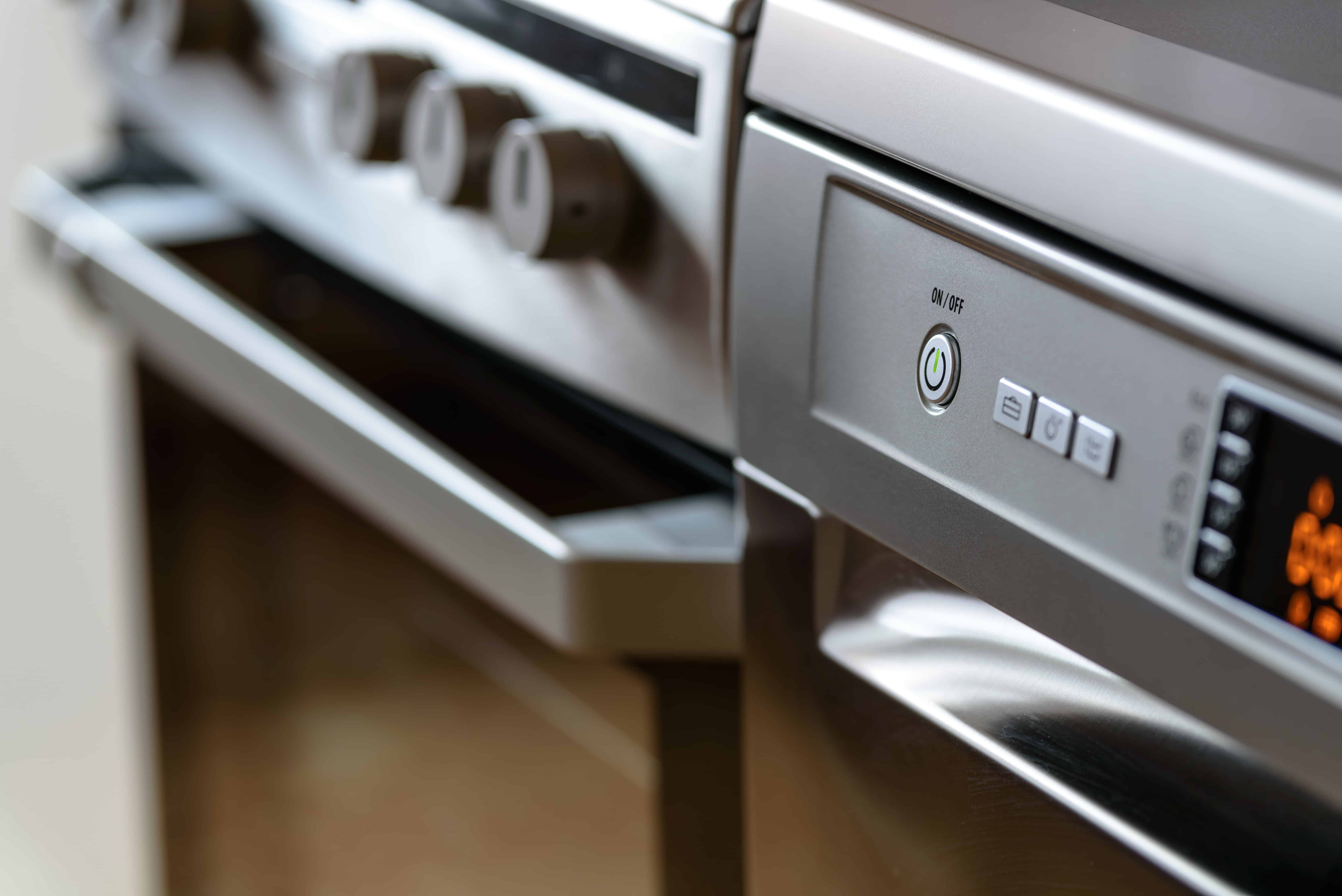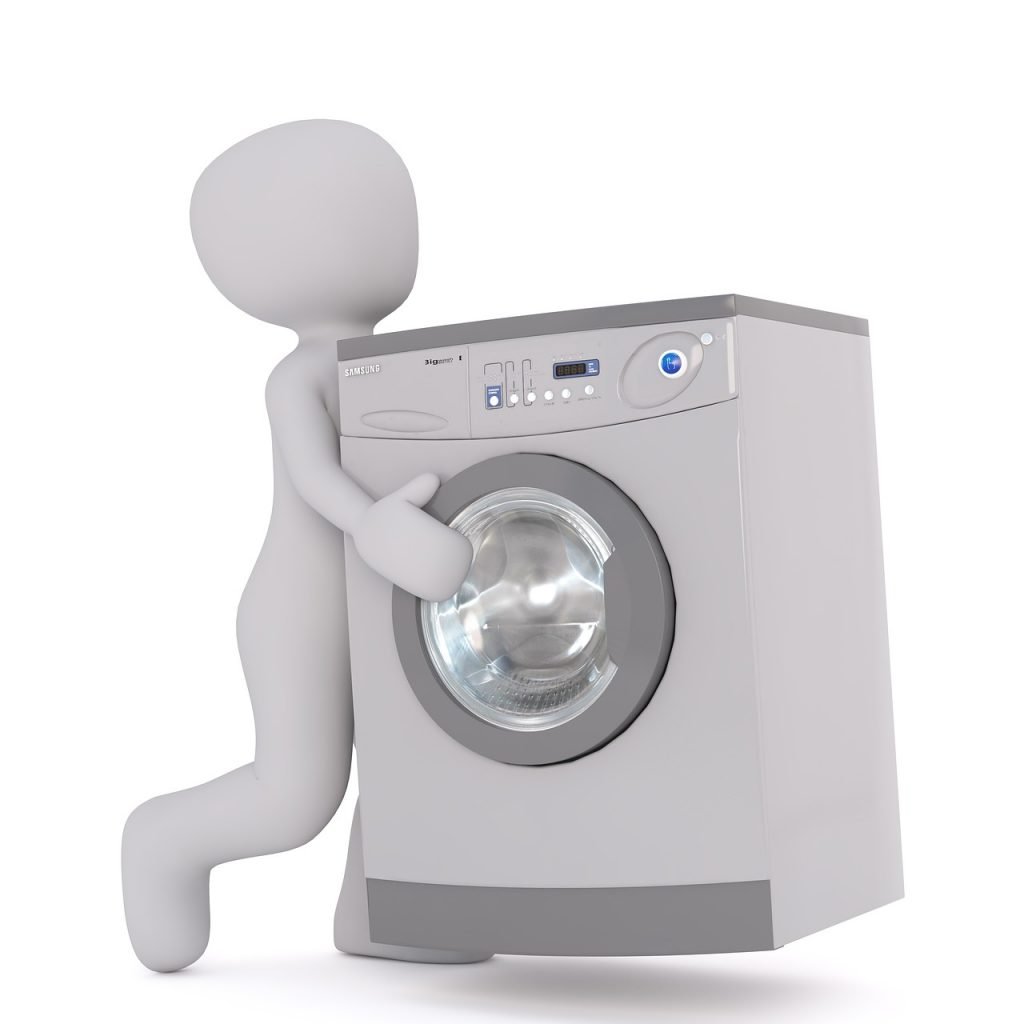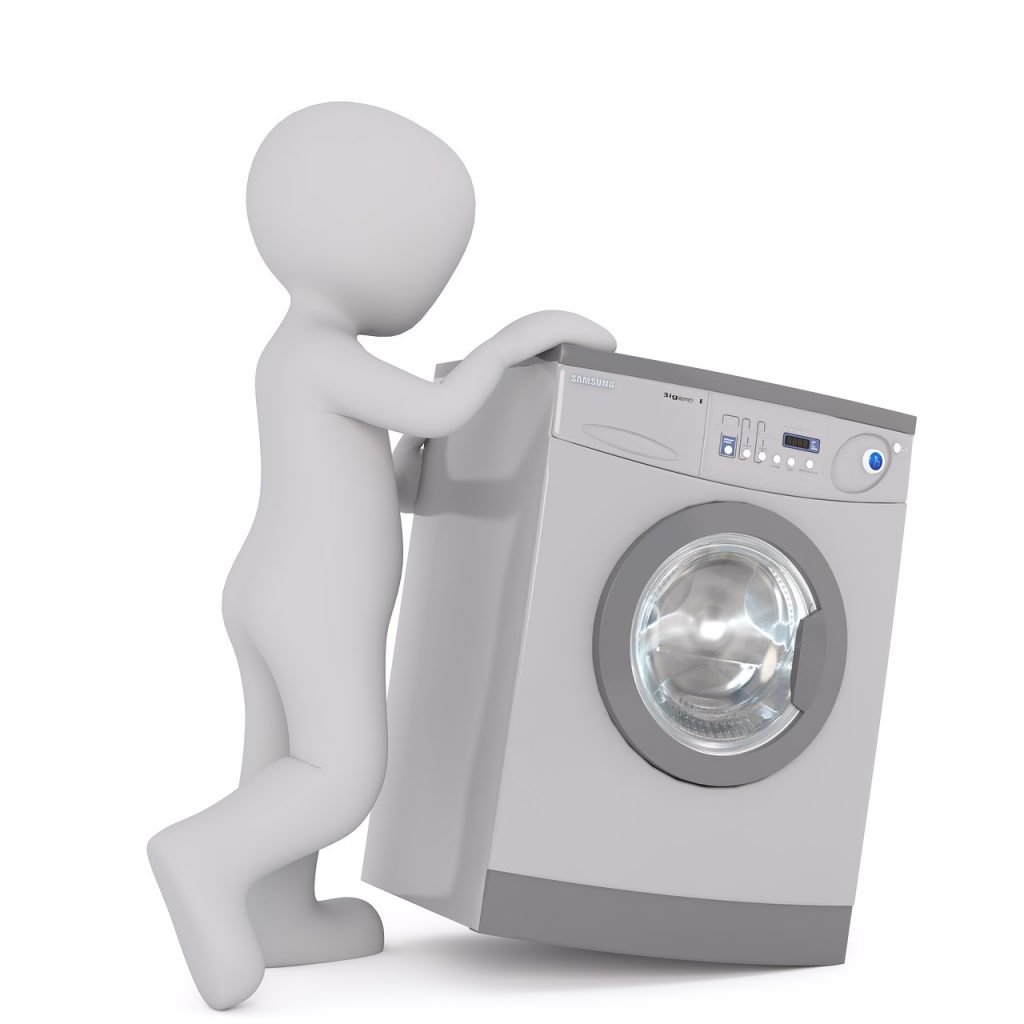A house move is a strenuous work. And some of the biggest packing and moving challenges come from your large kitchen appliances. Not only are they heavy and difficult to maneuver; but they are also expensive to replace.
If you are about to relocate, the thought of moving items such as ovens, dishwashers, washing machines and dryers, refrigerators, and freezers may be causing you some anxiety.
Here’s how to approach the task:
-
Call in professional removalists
Moving heavy furniture is difficult enough, but large electrical appliances such as gas or dual-fuel ranges and refrigerators can present an even greater challenge. Just a small knock can damage internal parts, leaving you with a broken appliance and a large repair bill.
Large appliances are also difficult to handle and heavy to lift. This means there’s a high risk of injury involved for anyone not trained to do so. You could also damage floors and walls as you attempt to move these heavy items.
So, for all these reasons, it is highly recommended that you book professional removalists for your house move.
-
Think seriously about what to take to your new home
Your kitchen appliances are among your bulkiest, hardest-to-move items. If your appliances are older or well-used, it may not be particularly cost-effective to move them, particularly if you are moving interstate.
Talk to your removalists about the cost of moving each item and compare this to their current value and the cost of replacing them before you make a decision.
Often, for this reason, families use a house move as an opportunity to upgrade to newer appliances.
If they are still in good working order, your existing appliances can be sold, donated, or given new homes with friends or family before you leave. Always recycle any appliance that can no longer be used at all.
Here are a few other hand-picked articles for you to read next:
-
Seek out user manuals
You may be well used to using each and every appliance in your kitchen and, therefore, never need the manuals. However, it’s important to refer to them during your move. It’s quite possible that each appliance may have specific instructions for disconnecting them from the mains’ power and safely moving them.
It may also have been a while since you set up an appliance. When you reach your destination, you may need to look at the installation instructions once again before you can begin using the appliance.
But if you can’t find your original copy of an appliance manual, they can usually be found online by searching using the name of the manufacturer and the model code.
During the move, be sure to pack any kitchen appliance manuals in your overnight essentials kit, or in a well-labeled box so they can be easily found when needed.
-
Prepare and clean all appliances thoroughly
Always thoroughly empty all appliances before moving them. You’ll need to defrost refrigerators and freezers, too. Allow up to 12 hours for this process, or refer to your owner’s manual for specific information.
It always makes sense to deep clean kitchen appliances before moving. Not only will you have a clean appliance for your new home without transferring dust and dirt from your old home, but you’ll also lessen the chance of nasty smells developing while in transit. In particular, unclean refrigerators and freezers can quickly begin to smell bad once they’re at room temperature.
-
Only disconnect appliances once you are sure you can do so safely
If you attempt to disconnect an appliance without being sure you are doing it correctly, you run many risks. You risk your own safety and well-being, and the functionality of both your appliance and utilities. Putting mistakes right can be very costly.
When in doubt, it is wise to have a plumber, electrical, or gas engineer deal with your appliance during both disconnection and re-connection. Professional removalists are likely to have the know-how to safely disconnect most appliances. However, they may also need to sometimes call in more specialist help.
-
Remove detachable parts from all appliances
Always remove loose or detachable parts from your appliances before you begin moving. This way, they cannot come loose during transit, get lost and cause damage.
Shelves and grill pans from ovens; shelves and drawers from refrigerators and freezers; detachable pieces from hobs — these are all examples of parts that must be removed, but there are likely to be others. Wrap these in suitable materials and pack them in well-marked boxes.
-
Don’t attempt to move heavy appliances, even a short way, without a dolly
A dolly is a must-have item for moving heavy appliances. It’s a wheeled device that allows you the leverage and flexibility for pulling out and moving heavy items without damaging the flooring underneath. It would be very unwise to attempt to move heavy items, such as ovens and refrigerators, without one.
Even with a dolly, you would need help from at least one other person to keep the appliance steady. This is another reason it is wise to use professional removalists to move heavy items between homes.
-
Secure electrical wires, cords, and doors
Once appliances have been pulled out sufficiently and disconnected from utilities, immediately coil up and secure any wires or cords that could become tangled or caught while the appliance is being moved. Do this by securing them to the appliance with a sturdy piece of tape such as masking tape that’s strong enough to hold during the move.
Use bungees to secure doors and prevent them from swinging open and causing damage in transit.
-
Use original packaging wherever possible
Original packaging will have been designed to minimize risks to your appliance during transit. For this reason, it makes sense to use it whenever possible. If not, your professional removalist will be able to provide appropriate packaging to keep your appliances safe.
Also read: 14 Common Moving Mistakes to Avoid
How long does it take to pack up a kitchen?
The answer depends on a few different factors, but there are some general guidelines that can help you estimate the amount of time you’ll need. First, consider the size of your kitchen. If you have a small space, you may be able to pack everything in just a few hours. However, if you have a larger kitchen with more items, it could take half a day or even a full day to pack everything up. Second, think about your packing strategy.
Are you going to pack all of the items in boxes, or are you going to use some other method? If you’re using boxes, you’ll need to factor in the time it will take to find and assemble the boxes. Finally, don’t forget to account for breaks! Packing can be tiring, so make sure to give yourself time to rest and relax in between packing sessions. With these things in mind, you can start to estimate how long it will take to pack up your kitchen.
Make your move easy with the pros
By following the above tips and tricks, you can be sure that your appliances will arrive safely in your new home, without the need for costly repairs or replacements.
Remember, a movie with the least risks to your property will always involve professional removalists who are trained and experienced in moving all the items that you would find difficult or stressful to move by yourself.
FAQs:
How do you pack a microwave for moving?
When you’re moving, there are a lot of things to think about. How will you get your furniture from one place to another? What about all your appliances? Will they all fit in your new home?
One appliance you might be wondering about is your microwave. Can you just pack it up and move it like any other piece of furniture?
As it turns out, there are a few things you need to do to make sure your microwave survives the move. Here’s what you need to know about packing a microwave for a move.
First, you need to remove the glass plate from the microwave. This is to prevent it from breaking during the move. Once the plate is out, wrap it in a few layers of bubble wrap.
Next, you’ll need to disconnect the microwave from the power source. Once it’s unplugged, wrap the cord in a few layers of bubble wrap. Then, secure the cord with tape so it doesn’t become a tripping hazard.
Now it’s time to actually pack up the microwave. You’ll want to find a box that’s big enough to fit the microwave, but not so big that it’s cumbersome to move.
Once you have your box, line it with a few layers of bubble wrap. Then, place the microwave in the box and fill any empty space with more bubble wrap. This will help protect the microwave from bumps and jostles during the move.
Finally, seal up the box and label it “fragile.” This will help ensure that your movers know to handle the box with care.
Packing a microwave for a move might seem like a hassle, but it’s really not that difficult. By following these simple steps, you can ensure that your microwave arrives at your new home in one piece.
How do you wrap a stove for moving?
When you’re moving, there are a lot of things to think about and one of them is how to properly wrap your stove. This is a crucial step in protecting your stove and keeping it in good condition during the move. Here are a few tips on how to wrap a stove for moving:
1. Remove all removable parts from the stove. This includes the oven racks, burner grates, and any other parts that can be taken off. These parts should be packed separately in a box or wrapped in towels to prevent them from being scratched or damaged during the move.
2. Clean the stovetop. Be sure to wipe down the stovetop with a damp cloth to remove any grease or food particles. This will help keep the stovetop clean and prevent any damage during the move.
3. Cover the stovetop. Use a stovetop cover or a piece of cardboard to protect the stovetop from scratches. Be sure to secure the cover so it doesn’t move during the move.
4. Wrap the stove. Use a moving blanket or furniture pads to wrap the stove. Be sure to wrap the stove tightly so it doesn’t move during the move.
5. Secure the stove. Use straps or rope to secure the wrapped stove to the moving truck or trailer. This will prevent the stove from shifting during the move and becoming damaged.
By following these tips, you can be sure that your stove will be properly protected during the move. Be sure to pack all the removable parts separately and clean the stovetop before wrapping it. By taking these precautions, you can help ensure that your stove arrives at your new home in the same condition it was in when it left.







